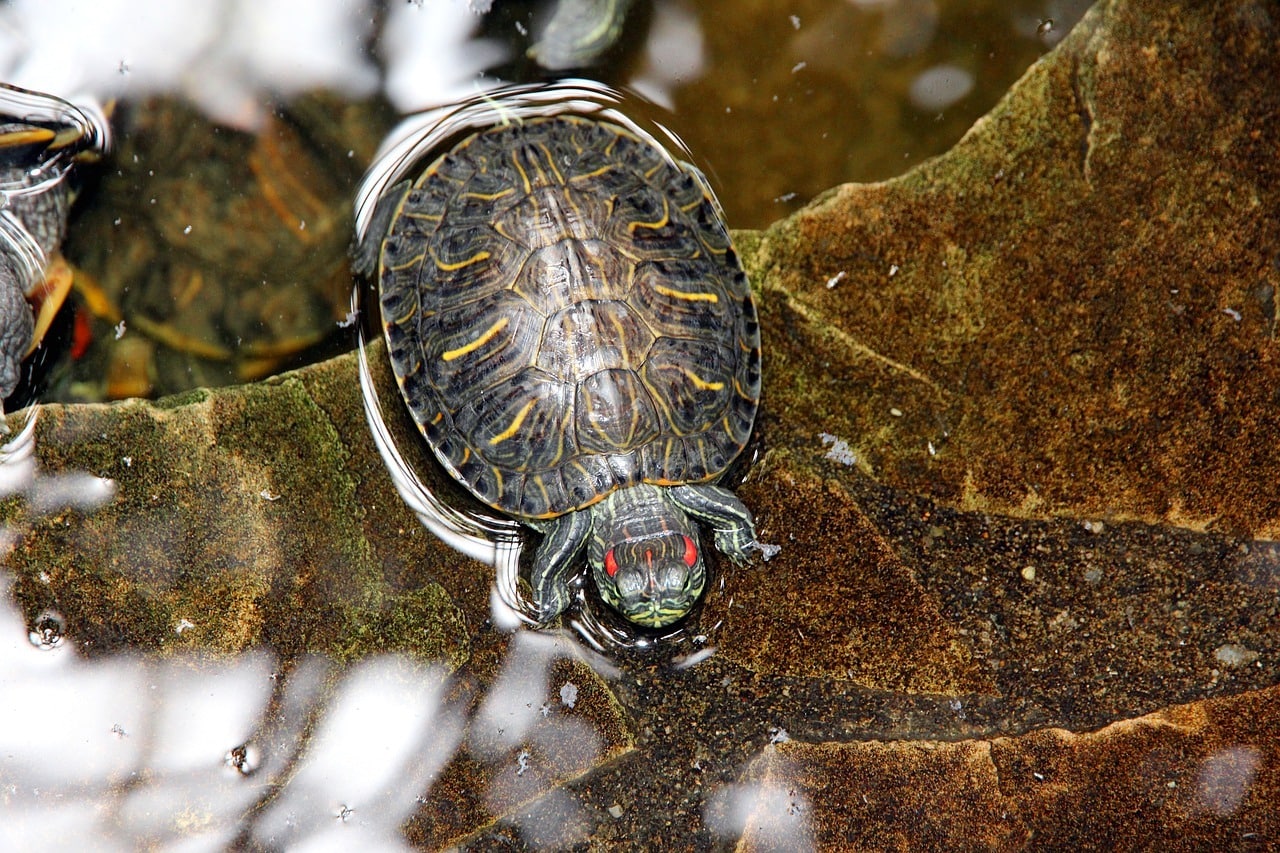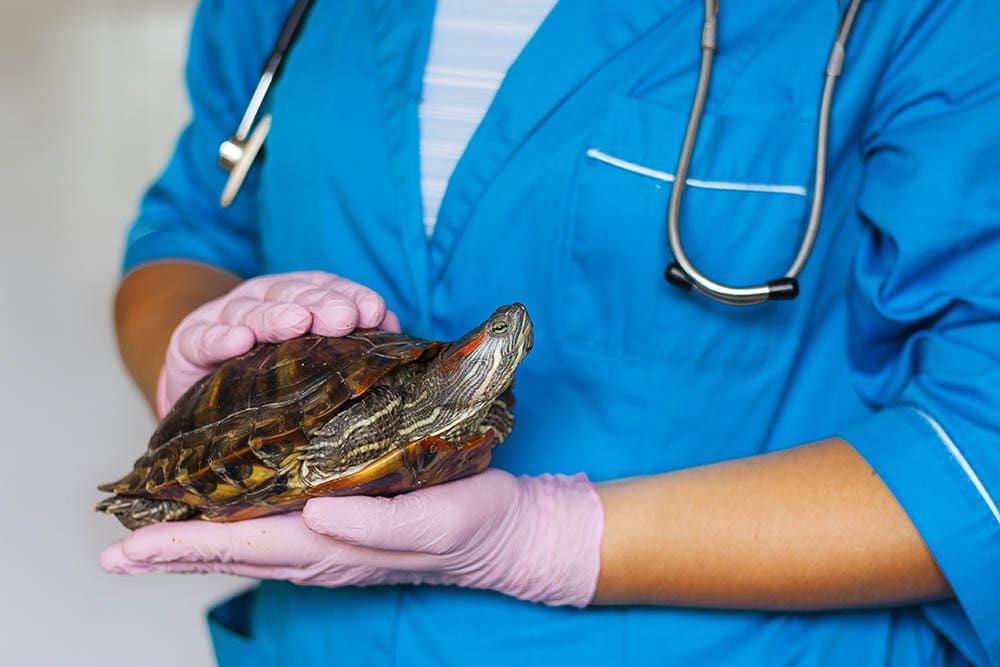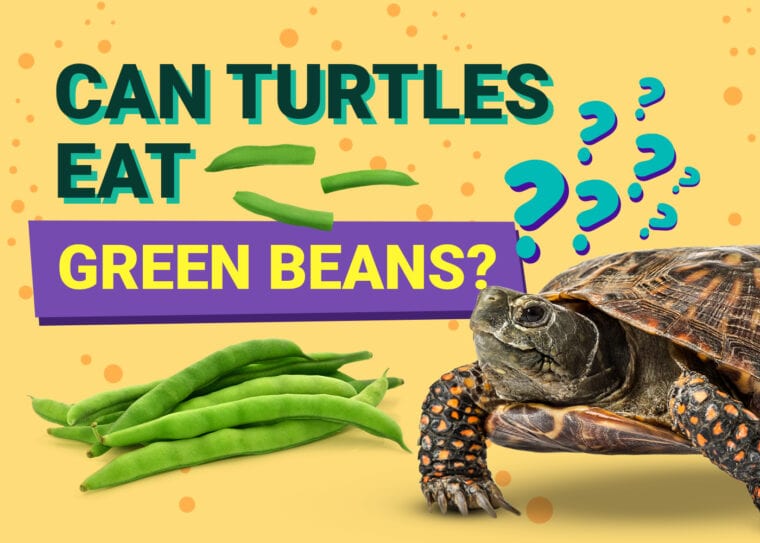
Turtles can, and likely will, eat green beans with no complaints. However, is it a good idea for them to have this garden veggie? The truth is, while an occasional green bean or two might not hurt your turtle, there are plenty of other garden vegetables that are much safer and healthier.
Green beans contain certain elements that can interfere with mineral absorption. However, green beans are non-toxic to our reptile friends. In this article, we will explain exactly why green beans aren’t the most satisfactory food item and how you can incorporate green beans into your turtle’s diet.
Click to Skip Ahead:
- Turtles Can Eat Green Beans, But Really Shouldn’t
- Health Issues Resulting from Eating Green Beans
- Health Benefits of Green Beans for Turtles
- How to Add Green Beans to Your Turtle’s Diet
- Natural Turtle Diet
Turtles Can Eat Green Beans, But Really Shouldn’t
Green beans are bursting with fiber, vitamin A, vitamin K, and vitamin C. So, this garden snack has several aspects that nourish a turtle system. However, it contains equally damaging components, like phytic acid.
Phytic acid binds to minerals in your turtle system, leading to a lack of necessary absorption. While one green bean might not do much long-term damage, feeding your turtle green beans consistently can really interfere with how their body takes in nutrients.
If you give your turtle one raw green bean, it’s unlikely to cause any real harm. But you should always offer this vine veggie alongside important dietary items, creating a fully balanced diet.
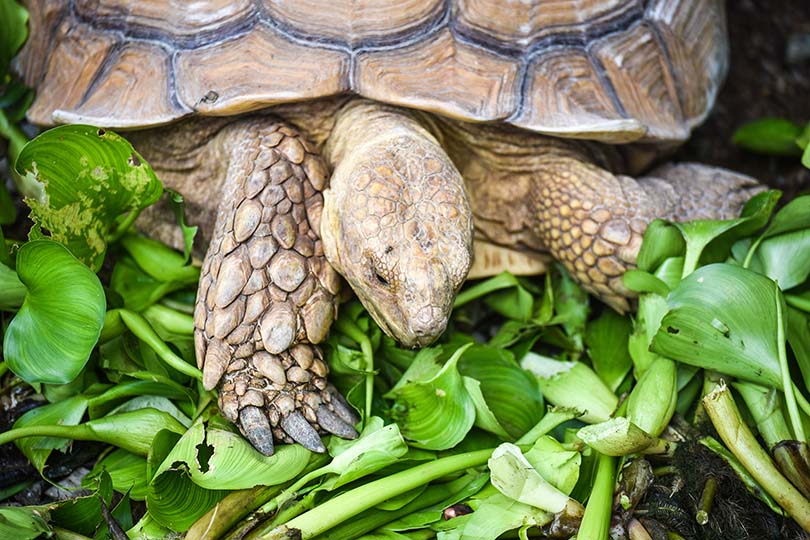
What Is Phytic Acid Exactly?
Phytic acid is considered an anti-nutrient in many green vegetables, including beans, peas, seeds, nuts, and even grains. They chelate, or grab, calcium, magnesium, zinc, and iron in the body. Essentially phytic acid intensifies phosphorus bioavailability in the system.
According to the Tortoise Library, phytic acid is highly present and raw or unprocessed vegetables, seeds, and grains. Ideally, it would be best if you avoided it where you can, but it tends to be less of an issue in a well-balanced diet.
What Can Phytic Acid Do Long-Term?
Phytic acid might not do much with one meal. But over time, this issue can really transpire into something more significant. A consistent lack of the right nutrients in the diet always leads to trouble later.
So if you have been feeding your turtle green beans and suddenly discovered that it might not be the best dietary choice for your turtle, we are here to confirm. There are plenty of other veggies that work better instead.
Health Issues Resulting from Eating Green Beans
As we’ve explained, eating one green bean isn’t going to tip the scales and cause a lifelong health issue for your turtle. However, an unbalanced diet over time can create a whirlwind of health issues. Here are just a few.
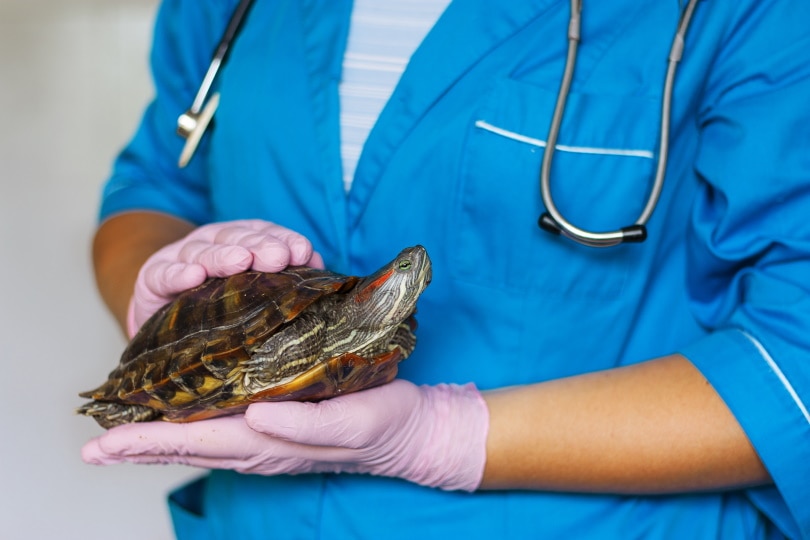
Kidney Disease
Kidney disease in turtles is typically caused by the over-supplementation of certain elements that mineralize in the kidney tissue. This over-mineralization can lead to reduced function of kidneys and, eventually, renal disease.
This disease can be hard to detect sometimes, so it’s best to do things that prevent its manifestation. Typically, turtles are only taken to the vet once the disease has advanced quite a bit, as symptoms of sickness in these reptiles are hard to pinpoint.
Early signs might include sunken eyes or lack of appetite. Later signs produce a foul, unusual body odor.
Shell Deformities
Shell deformities are assigned before actual metabolic bone disease or malnutrition fully sets in. By the time you notice any issue with the shell, it could have very likely advanced to one of these diseases, so it’s essential to get them the vet care that they need so you can sort it out.
Although turtles are very resilient creatures, surviving days and even weeks without a food source at all, a consistent lack of the proper nutrients will eventually lead to shell deformities, almost certainly.
This is especially true if they’re being given anything in their daily diet that affects the uptake of vital nutrients.

Metabolic Bone Disease
Since the phytic acid in green beans causes mineral binding, it can eventually lead to ever-problematic metabolic bone disease. This medical condition causes softening of the bones and shell due to vitamin and mineral deficiencies in the body.
This disease usually takes some time to come on and is almost always caused by malnourishment in one form or another. If it is left untreated, it can certainly lead to death.
Health Benefits of Green Beans for Turtles
Green beans contain a decent amount of vitamins and minerals. However, they are no higher in any vitamin or mineral your turtle can’t get from another more nutritious vegetable. Here are some of the upsides contained within a green bean.

Vitamin A
Vitamin A is a very necessary component of your turtle’s daily diet. This vitamin helps create healthy skin, mucus membranes, and organ ducts.
Vitamin K
Vitamin K plays a very special role in promoting normal growth rate, healthy bone structure, and shell calcification. It also plays an essential role in blood clotting, letting your turtle’s body synthesize prothrombin.
Vitamin C
Your turtle definitely needs vitamin C, but supplementing this vitamin is unnecessary. It is a powerful antioxidant that has many benefits to overall health.
Fiber
Fiber will help your turtle regulate their digestive tract. Fiber works in your turtle’s body to regulate the gastrointestinal tract, keeping their digestion regular. Too much or too little fiber can cause diarrhea or constipation.
Turtles Eating Cooked/Canned Green Beans
Serving your turtle raw green beans will give them the most benefit as no nutrients have been destroyed through the process of canning or cooking. However, because of the phytic acid, lightly steamed is best.
Canned green beans should always be avoided due to their preservatives and sodium content.
How to Add Green Beans to Your Turtle’s Diet
If you choose to toss in a green bean here and there with your turtle’s primary diet, we want to give you some pointers. First, the green bean plant leaves are more nutritious than the pods and beans themselves.
Beans typically contain a little bit too much protein, along with a couple of other problematic ingredients. Lightly steaming green beans helps break down the phytic acid in the veggie to lower the grabbing capabilities.
Even though there are ways to break down this phytic acid slightly, it does not change the fact that green beans simply are not the best food source for your turtle.
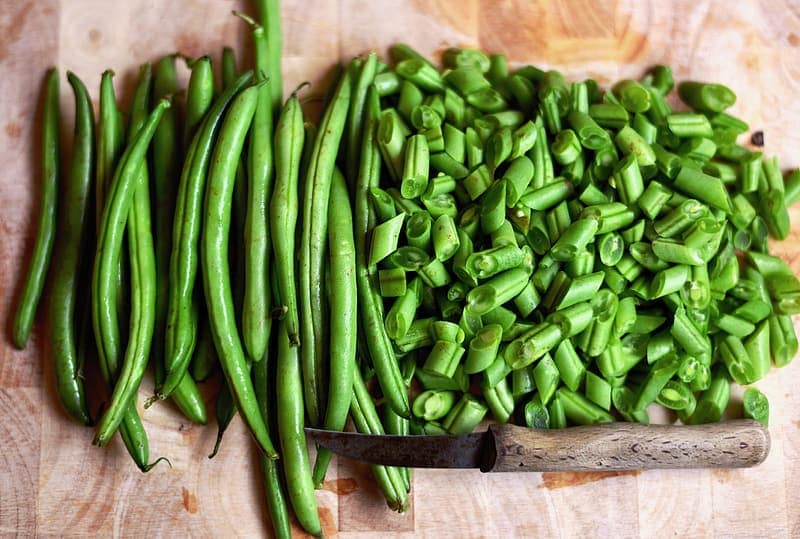
Natural Turtle Diet
For reptiles with dramatically different diets from standard domestic pets, we must understand their needs as pet owners. If turtles have an unbalanced diet for an extended time, it can cause a whirlwind of problems to develop—some of which we mentioned above.
Turtles are almost always omnivorous, eating both animal and plant matter to thrive. So, your turtle needs a combination of insects, aquatic animals, fruits, and vegetables to stay healthy.
Steer clear of veggies containing oxalates—like spinach, chives, and parsley—as these foods can also bind calcium.
Final Thoughts
Ultimately, turtles can eat green beans. They are non-toxic to this particular reptile. However, they do contain calcium-binding ingredients like phytic acid that can reduce proper mental mineral absorption.
Long term, this problem can lead to much more significant health issues. So, it would help if you feed your turtle a well-balanced, appropriately portioned feeding per day. If you add green beans occasionally, significantly limit their intake and enhance feedings with other more nutritious food items.
Featured Image Credit: young_amyc, Pixabay





